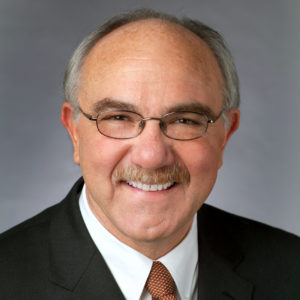Meeting professionals know in their gut that people get more out of in-person, F2F meetings, but how do we prove it to the decision makers in our companies and in our attendee’s home offices? We asked a pair of brave entrepreneurs from new destination and event management company Ethos Event Collective for advice on how get back to building communities that deliver real-world results.
Principals Joe Fijol and Sharon Purewal are industry veterans with decades of experience covering numerous previous disruptions, and while they predict that safety and security will remain top of mind for many years to come, they are also certain that growing fatigue surrounding screen-based experiences and an increased desire for personal connection will result in the opportunity for improved attendee engagement.
“When people can meet in-person again, the excitement and enthusiasm for these experiences will be higher than ever,” said Fijol.
She believes that destinations that are proactive about taking measures to create safe places for groups will capitalize on pent-up demand for human connection and interaction.
But how do we get to that point?
Transition to a Hybrid World

“In the short term, hybrid will be the best of all worlds,” said Purewal, who is based in Northern California. The hybrid format can offer opportunities for companies to leverage their live meetings and events to reach more people, with the benefits of the human element.
Effectively meeting the goals of the event in both worlds could bring a steeper price tag, she warned. Shipping items to people’s homes so they can participate in a welcome reception or a team building has to be weighed against travel and F&B costs.
“Creating a connection between in-person and hybrid attendees isn’t easy. You must take the time to explore new creative ideas and production enhancements. How you bring the groups together must feel organic, not forced. We must also think through how to design spaces that accommodate virtual attendees but don’t compromise the in-person experience,” she said.
The rule of thumb is that an hour of streamed content requires four hours of rehearsal, preparation and production. And very few people today are experts in pricing virtual platform costs. Those expenses have to be considered.
Fijol predicted that a lot of meeting producers will do away with streaming dozens of breakouts because filming in all those small rooms will be cost-prohibitive. “A deep understanding of meeting and event technology can create some efficiency; however, there is absolutely an additional cost when more room is needed per person and for the production and rehearsal costs,” he said.
The Power of Meaningful Data

When balancing all those expenses, understanding what is important can be difficult, particularly for planners new to virtual production. That is where Purewal and Fijol rely on data to determine what is essential.
Jack Phillips, co-founder of ROI Institute, says most planners rely on just a few indicators to determine if a meeting is successful. The primary ones are number of attendees, hours they were in their seats and their reaction to the program based on surveys of perceived value. Those numbers can look very good for virtual meetings, especially when compared to the costs.
But true ROI must also consider what was actually learned, the skills, competencies and contacts gained. Then it has to measure how that knowledge was applied and whether it changed behaviors. And finally, meeting producers have to think about the impact of the program on things such as revenue, productivity, innovation—the true goals of the event. Only then can the benefit-cost ratio be calculated.
“If you start with the end in mind, once you have objectives, you can design for success,” Phillips said.
Big-Picture Thinking
Fijol, whose home base is in the tourist-dependent state of Florida, argued that one of the benefits of an in-person meeting is the impact it has on the community. “This crisis has raised awareness about the vital need to support our local communities,” he said.
“This business is resilient and fills an important need—it will come back,” Purewal predicted.
In the meantime, the pair took solace in the fact that meeting professionals are adding tools to their Swiss Army knife resumes, so they will be prepared to explain the value of what they do and deliver when the time is right.




